Crystal shrimp dumpling is one of the traditional Cantonese tea house snacks. It is as famous as dry steamed cooking, fork cooking and egg tarts. The main raw materials are fresh shrimp, pork, mushroom, orange powder and starch. The auxiliary materials are oil, salt, cooking wine and ginger.
Traditional shrimp dumplings are half-moon-shaped, spider belly with twelve folds. The fillings are shrimp, meat and bamboo shoots. Now the popular dumplings are single shrimp and shrimp dumplings. Superior shrimp dumplings, skin white as snow, thin as paper, translucent, the filling is vaguely visible, eat smooth and fresh, delicious and attractive.
Shrimp dumpling is a famous traditional snack in Guangdong. It belongs to Cantonese cuisine. Shrimp dumpling was founded in a small family-style tea house in Wufeng Township, Wucun, Guangzhou suburb, in the early 20th century. It has a history of one hundred years. Traditional shrimp dumplings are half-moon-shaped and spider belly with twelve folds. They are filled with shrimp, meat and bamboo shoots. They are delicious and smooth.
Wu Village, Wufeng Township, is rich in fish and shrimp. The master of tea house is also equipped with pork and bamboo shoots to make meat stuffing. At that time, the outer skin of shrimp dumplings was made of sticky (large) rice flour, with thicker cortex, but because of the delicious taste of fresh shrimp, it spread quickly. The tea house in the city introduced shrimp dumplings. After improvement, the shrimp dumplings were mainly filled with one or two shrimps wrapped in a clear skin. The size of the dumplings was limited to one mouthful.
According to legend, at that time, Wu village was very prosperous, and the place was beautiful. In order to attract customers, the owner of this restaurant purchased fresh shrimp produced locally and made shrimp dumplings with pork and bamboo shoots as fillings. At that time, shrimp dumpling skin was not bright and thick, but because of its novelty and delicious taste, it won the favor of diners. It soon became famous in Guangzhou. The major restaurants competed for the manufacture and sale of shrimp dumplings. After the reform of dessert makers, the raw materials were changed from flour to "orange powder", which had excellent effect and attracted more customers.
Shrimp dumpling is the traditional name of Guangdong, the traditional snacks of teahouses and restaurants in Guangdong. Cantonese drinking tea, we must have a shrimp dumpling. Superior shrimp dumplings, skin white as snow, thin as paper, translucent, the filling is vaguely visible, eat smooth and fresh, delicious and attractive. Traditional shrimp dumplings are half-moon-shaped, spider belly with twelve folds. The fillings are shrimp, meat and bamboo shoots. Now the popular dumplings are single shrimp and shrimp dumplings.
Shrimp dumplings first appeared in the suburbs of Guangzhou near the river market. Those places are rich in fish and shrimps, and the tea masters combine pork and bamboo shoots to make meat stuffing. At that time, the outer skin of shrimp dumplings was made of sticky (large) rice flour, with thicker cortex, but because of the delicious taste of fresh shrimp, it spread quickly. The tea houses in the city have introduced shrimp dumplings, and have become famous spots in Guangzhou after improvement. Shrimp dumplings are more fastidious in production, making shrimp dumplings with clear noodles and raw meal; fresh shrimps are washed, shelled, dried, pressed, and stirred into glue, fat meat is cut into fine grains, scalded in boiling water until just ripe, then soaked in clear water, so that fat meat is cool and does not produce oil; chicken protein, fine bamboo shoots, flavor powder, sesame oil, pepper powder and other ingredients are added. After freezing, shrimp dumplings were steamed. The shrimp dumplings are thin and translucent, and the fresh dumpling stuffing inside the skin is visible, resembling a banana. Because of its beautiful appearance, delicious, smooth and delicious, it is well received by domestic and overseas diners. Over the past ten years, new varieties of chicken and shrimp dumplings, crab meat and shrimp dumplings have been favored by diners.
Preparation for filling
1. Wash prawns, peel and remove mud lines.
2. Take 2/3 shrimp for 10 minutes with a little ginger, cooking wine and salt.
3, chopped the remaining 1/3 shrimps into mud and set aside.
4, Flammulina velutipes washed, chopped into broken Ding;
5. * cut fat pig meat into clay.
6. Put shrimp paste, pork paste and Flammulina velutipes diced into the cured shrimps, add ginger powder, salt, cooking wine and stir to season.
Prepare noodles, bags
1, 100 grams of powder and 10 grams of starch mixed mix (20 grams of starch left aside);
2, boiling water and noodles, knead evenly, cover up for 5 minutes. ;
3. Knead the remaining 20 grams of starch and 100g lard (cooked vegetable oil or olive oil) for several times.
4, the good face is divided into small pieces to make preparations.
5. Roll the tablet into a dumpling.
6, steamed pot boil, steamed drawer cloth, oil or vegetables, into the wrapped shrimp dumplings, steamed for 5 minutes.
Tips
1, hot noodles and smooth and stuffy for 5 minutes.
2, noodles and lard.
3, shrimps will expand when heated, and when they are wrapped, they should leave gaps to prevent bursting.
4, shrimp dumplings gently light
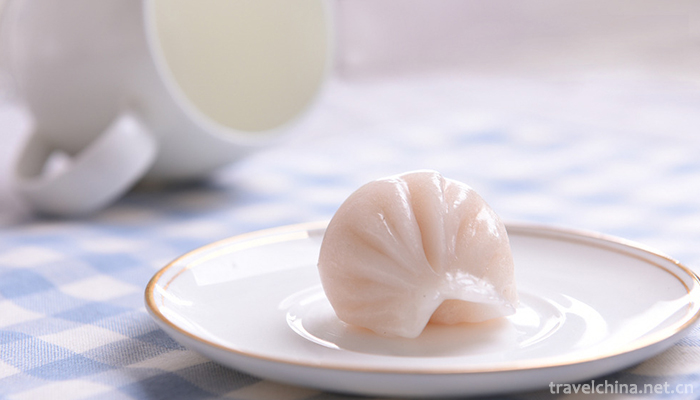
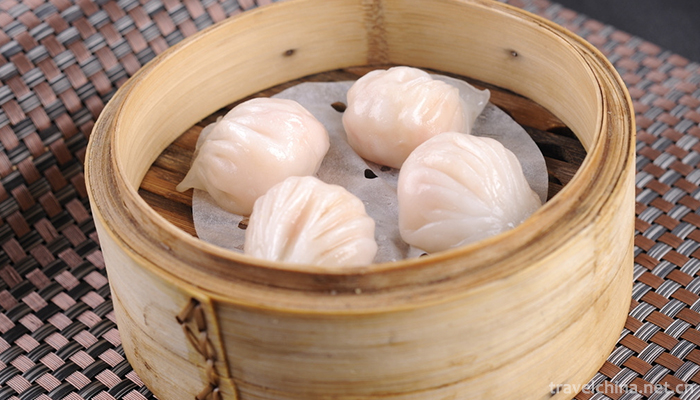
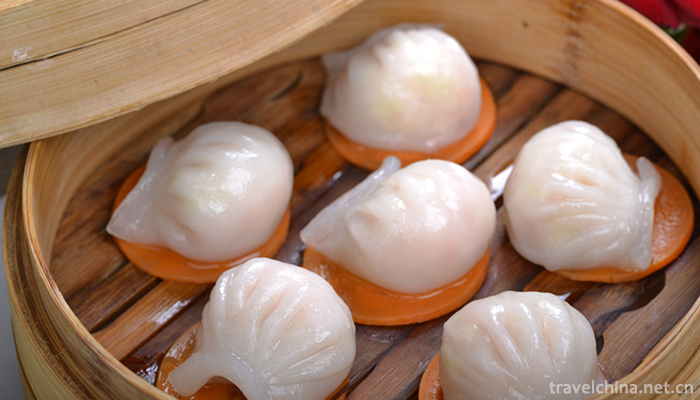
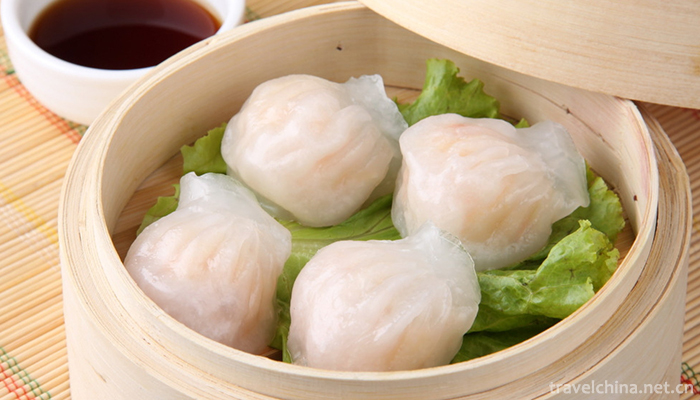
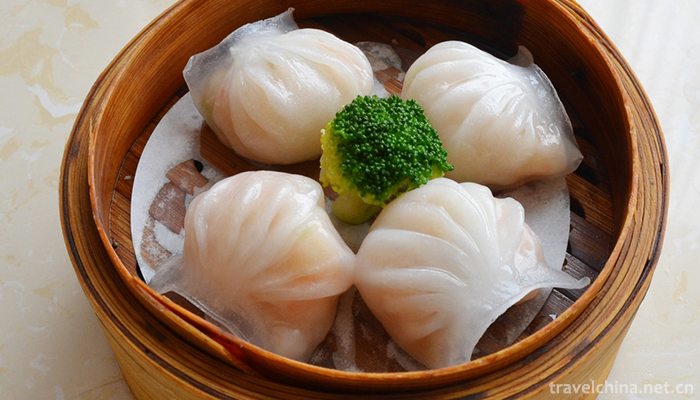
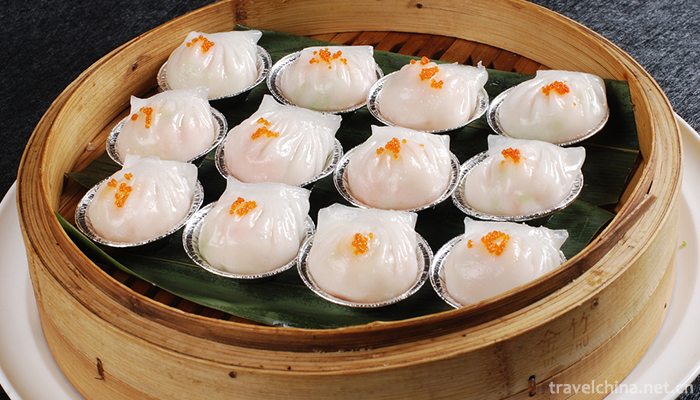
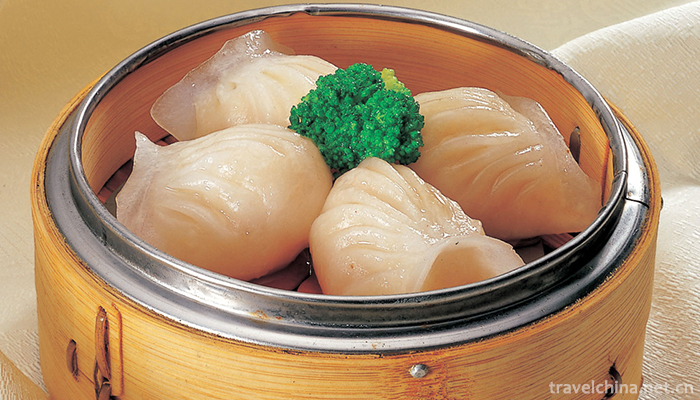
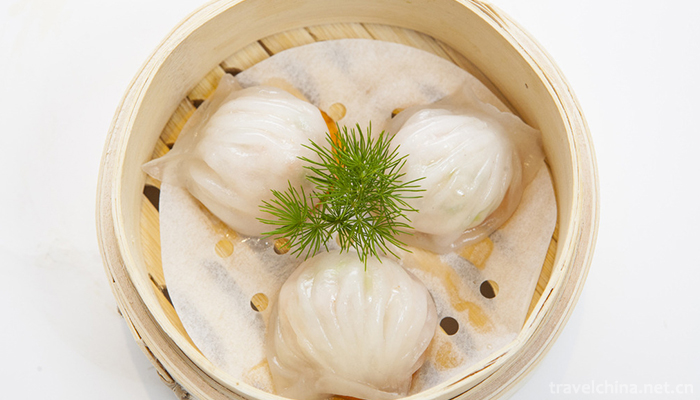
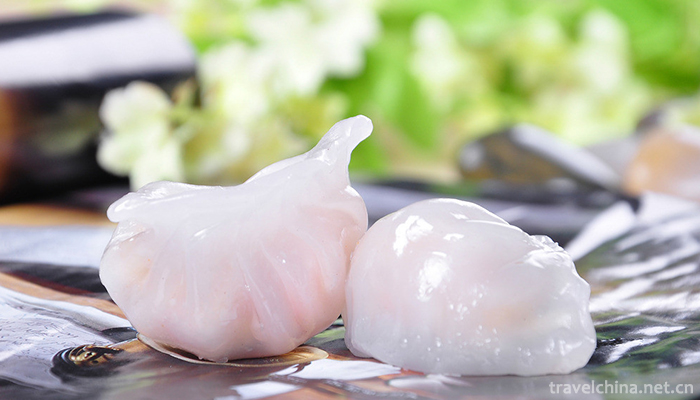
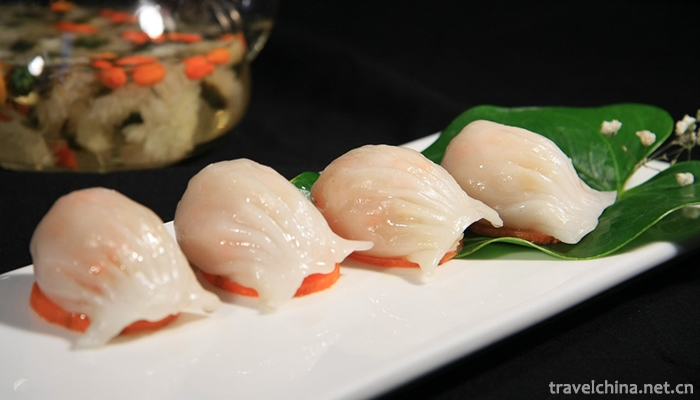
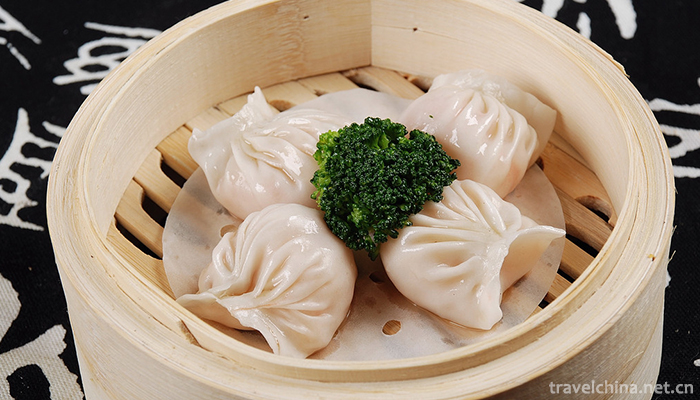
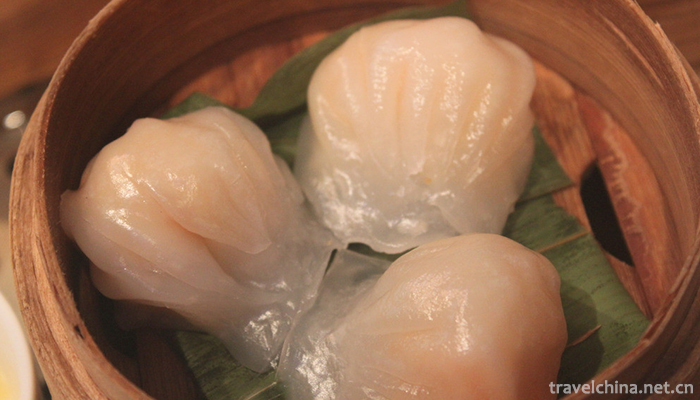
0 Questions
Ask a Question
Your email address will not be published.